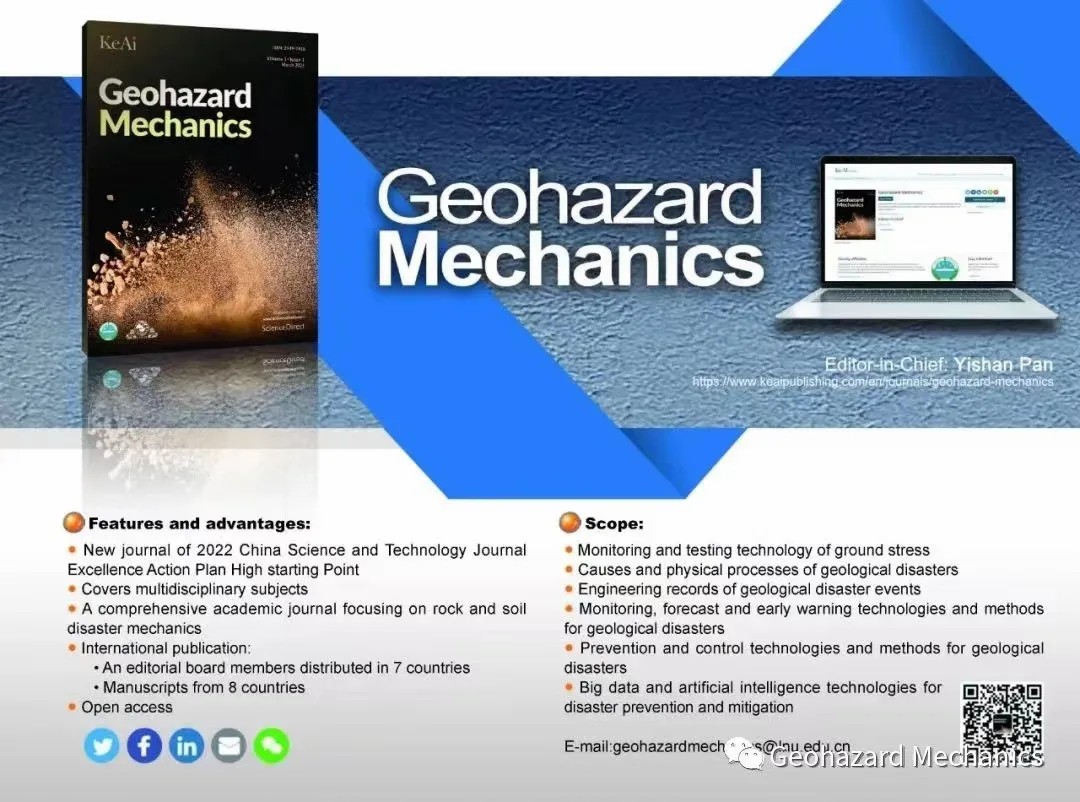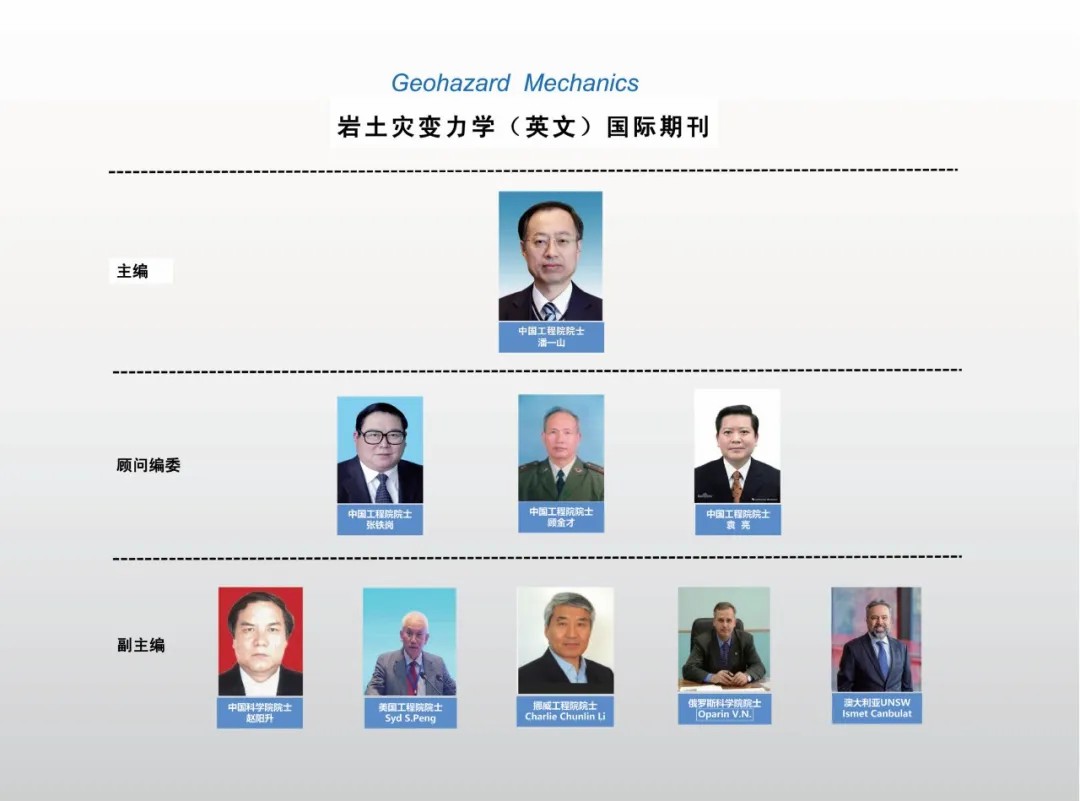Geohazard Mechanics, a journal of Liaoning University was officially included by Scopus database on December 26, 2024 after strict selection and review.
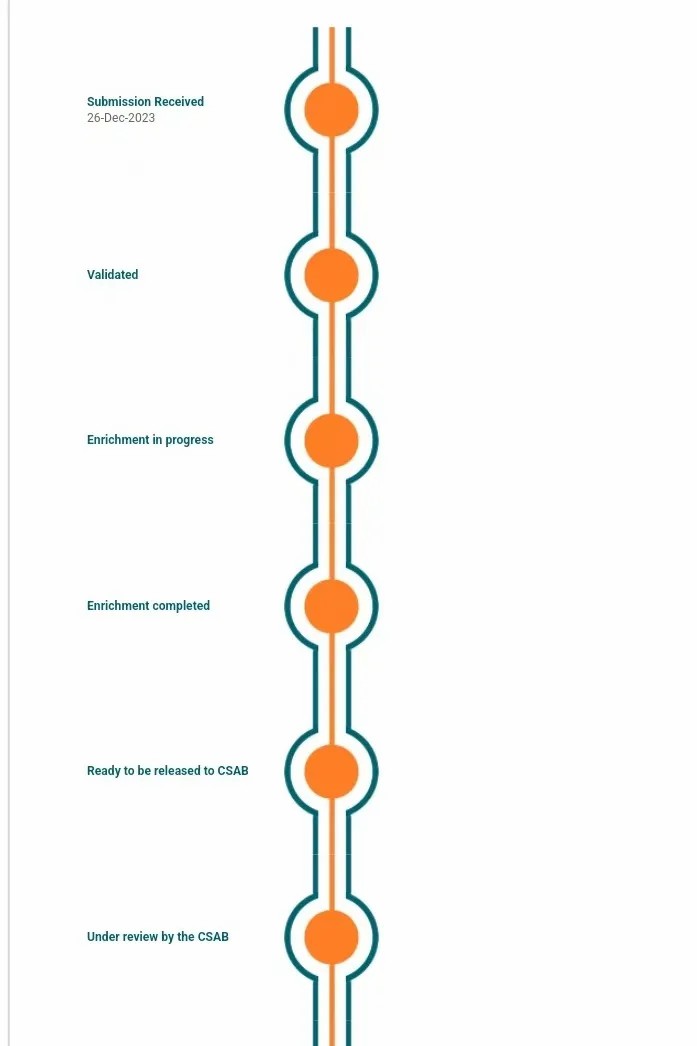
Establishing in September, 2022, Geohazard Mechanics (GHM) was included as a high level journal under the Excellence Action Plan of China Sci-tech Journals and later was included by EBSCO and GEOREF databases. The inclusion by Scopus database, as another huge milestone, represented high recognition of the journal by the international academic community and publishing communities.
Sincere thanks are extended to all editorial board members, authors, readers, peer reviewers, experts and scholars who have shown strong support to GHM. GHM will remain true to its original aspiration and forge ahead to be a world-class journal.
Scopus introduction
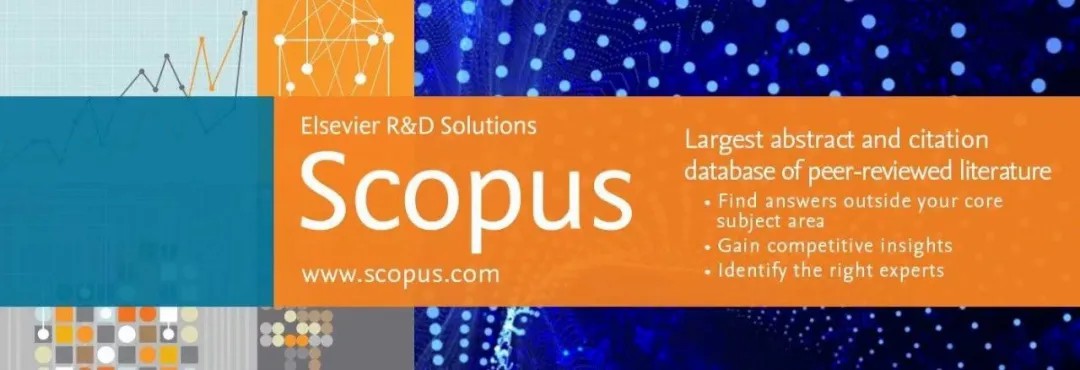
Scopus database is the largest abstract and citation database in the world, which was launched by Elsevier in November 2004. It contains more than 22,800 academic journals, more than seven million academic conference papers and 150,000 books from more than 5,000 publishers around the world. Scopus database, because of its powerful functions has attracted widespread attention by the international academic community at home and abroad. Its data has been widely used in world university rankings, China’s list of highly cited scholars and university discipline evaluation.
GHM introduction
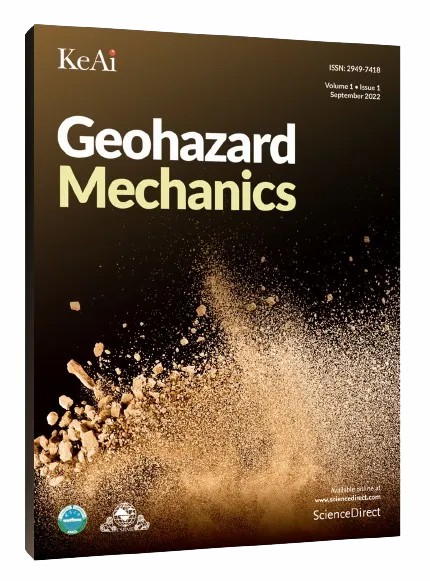
Editor: academician Pan Yishan from Liaoning University
Geohazard Mechanics (ISSN: 2949-7418) is a new journal jointly founded by Liaoning University and China Society of Rock Mechanics and Engineering with the support of the Educational Department of Liaoning Provincial in 2022. The editor-in-chief is academician Pan Yishan and the domestic unified serial publication number is CN21-1620/O3. Abbreviated as GHM, Geohazard Mechanics is a journal of open access. In 2022, it was awarded as a high level journal under the Excellence Action Plan of China Sci-tech Journals.
Geohazard Mechanics has successfully published 8 issues of papers whose authors are from 17 countries and regions including China, Russian, American, Australian, Indian and Bangladeshi. The journal has been successively included by databases such as EBSCO, GEOREF and SCOPUS and four articles were reported in American Association for the Advancement of Science (AAAS). In October, 2024, Geohazard Mechanics ranked fifth in the top 10 overseas media communication of earth science journals.
The geotechnical disasters that human beings encounter after natural or industrial activities, including earthquake, landslide, debris flow, rockburst, mine earthquake, coal and gas outburst, water inrush and mud outburst, roof caving, collapse are highly concealed, sudden and destructive. These geotechnical disasters have their similarities and differences in terms of the occurrence and prevention. As these disasters belong to different industries, the exchanges of disaster research have been limited, sporadic and scattered for a long time, which greatly limits the coordinated development of these disasters in data sharing, mechanism research, technology complementarity and experience sharing. Therefore, the journal aims at publishing the research results of major natural and engineering geotechnical catastrophe mechanics in the above-mentioned multi-disaster fields. By focusing on the commonness and differences of various geotechnical disasters in nature and engineering, it works to establish a cross-scale and cross-disciplinary platform for all kinds of geotechnical disasters so that experience on mechanism understanding, monitoring, early warning and prevention of geotechnical disasters can be shared.
Sincere invitation is extended to you and your team to contribute your academic papers to the journal! Let’s work together to build GHM into a global flagship journal in the mining field with far-reaching influence and authority at home and abroad to contribute to China’s high-level scientific and technological independence.
Submission link:
https://www2.cloud.editorialmanager.com/ghm/default2.aspx
